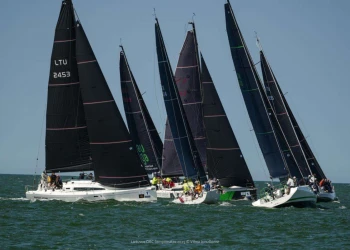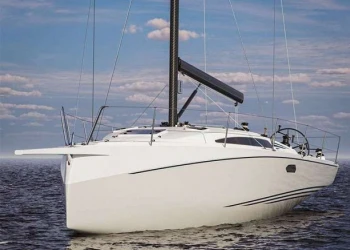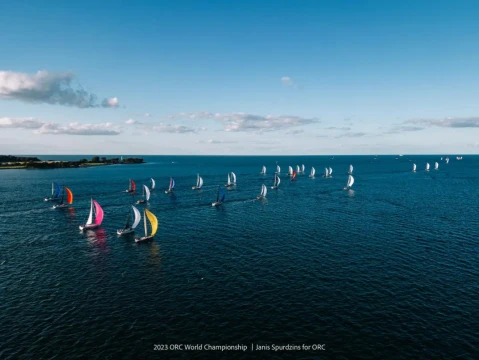
ORC Weather Routing Scoring
ORC Weather Routing Scoring
Why
In 2023 several submissions to the ORC Congress asked why the “Scoring Wind” for coastal and offshore races was often very different from the wind conditions experienced by the competitors. This can happen when offshore and coastal races are scored using the All-Purpose Handicap (APH), which is based on a mix of the wind speeds and true wind angles from the polar curves on your certificate.
Whatever the conditions you experience in the race, when APH is used the race is always scored on the same mix of wind speeds and directions. The Scoring Wind does not match what you experienced, because the APH mix of conditions was not the same as the real weather. Surprise, surprise, the APH is like a broken clock, it is only right twice a day!
In some regions this problem is somewhat reduced by having race managers use ratings derived from scoring models customized to the historic trends of the race, or based on models that approximate the predicted weather conditions that lie ahead. Yet even these don’t always capture the actual conditions on the course.
This situation can only be improved by finding a mix of wind speeds and points of sailing that match what you see in the race. Attempts to score races based on the “observed” conditions have never been successful because:
- the data from the boats is hard to collect, and does not give course-wide conditions
- the race can only be scored after the finish using this approach.
Regardless, using these methods and their inherent inaccuracies, offshore sailors have for years had to endure the possibility that despite their best efforts at racing their boat they could still lose the race to a boat that was “lucky” by simply having weather that was more favorable to their rating.
The way the ORC has chosen to fix this problem is to use the forecasted weather.
How
The procedure is described in more detail later, but simply put this is how it works:
A few hours before the race start the whole fleet will sail a simulated race using the forecast weather (grib files)
This will allow each boat to pick its optimum route and point of sail around the course
The simulation will deliver the optimized route and predicted elapsed time for each boat
The Time Correction Factor for each boat to use in the race will be calculated from the differences in the Predicted Elapsed Time
Each boat will leave the start line knowing the TCF’s of all her competitors, based on the best forecast of the race conditions.
When
During 2024 the ORC staff will use the process described in the next section to handicap and score offshore races at ORC Championship events. At the same time ORC will develop the software needed to include Weather Routing Scoring as an accessible option for all race organizers.
It is important to note that race organizers who are happy using the various scoring options on the certificate do not need to stop doing this. If a fleet has problems with APH for coastal and offshore courses, then Weather Routing Scoring will do a better job.
The Process
A few hours before the race starts, the ORC scoring software will simulate the race using:the best weather and current forecasts available for the race area and duration
the polar curves from the boat's certificate
the course geometry input by the race organizer
the “Predict Wind” optimum weather routing software
This process delivers a predicted optimum route and a predicted elapsed time (PET) for every boat in the race.
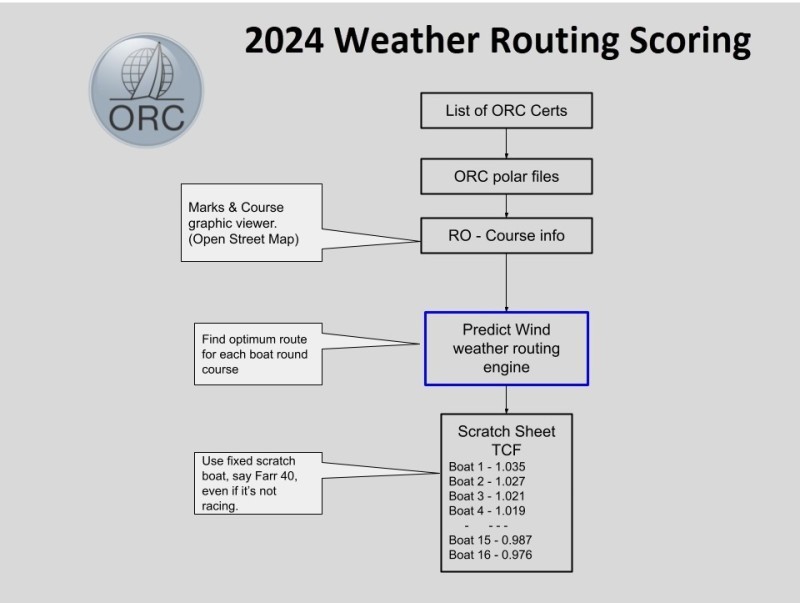
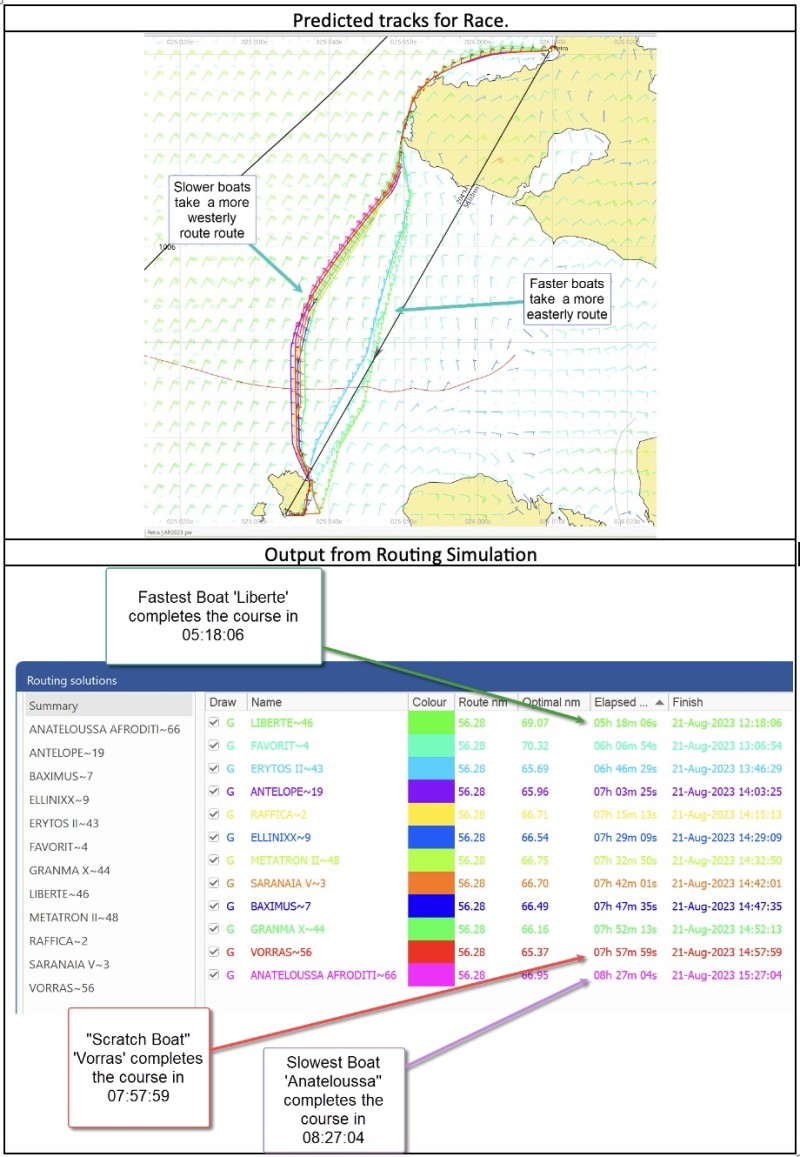
This list of elapsed times will be used to create a scratch sheet giving the time allowances for each boat.
Taking the fastest, the slowest and the chosen “Scratch Boat,” the race specific TCF can be calculated.
This process has two benefits:
The results are more equitable because the wind conditions used to score the race are not tied to the one-size-fits-all, All Purpose Handicap (APH).
The time allowances are available pre-start.
Practicalities
We all know weather forecasts are never right, but they are usually much better than the APH and some other pre-determined scoring models which never change.
The ORC’s analysis of previous races shows that the Predicted Elapsed Time for a race (Course length in miles * APH) is on average 30% too short, whereas the Predicted Elapsed Time using the Weather Routing process are on average within 5% of the actual elapsed time.
The routing process has proven robust, where a fleet of 30 boats can be processed in a few minutes.
The routing process will deliver the routing solutions to eliminate rogue events.
The routing process will also include a published algorithm that prevents anomalies due to wind holes where the some of the fleet might be stopped.
Are there more questions? For sure, but the process will be strictly defined in the Sailing Instructions. There will be no debate about which forecasts to use and when to start the simulations.
The following will be defined in the Sailing Instructions:
The source of the wind and current forecast
The date and time of the forecast used for scoring
The procedure for dealing with delayed starts



